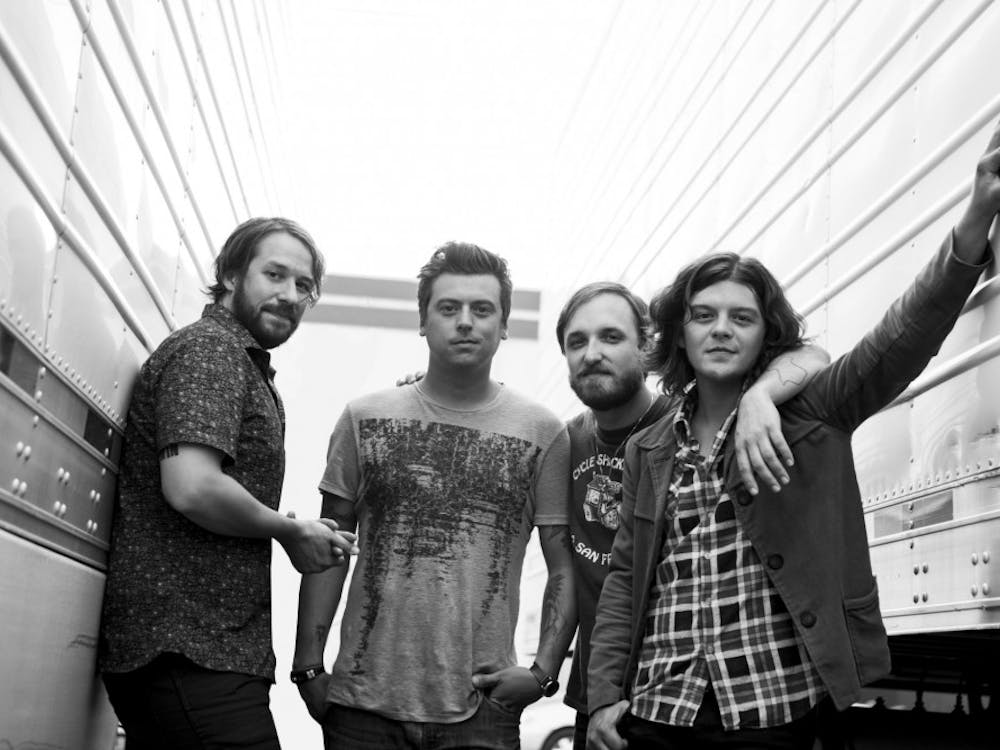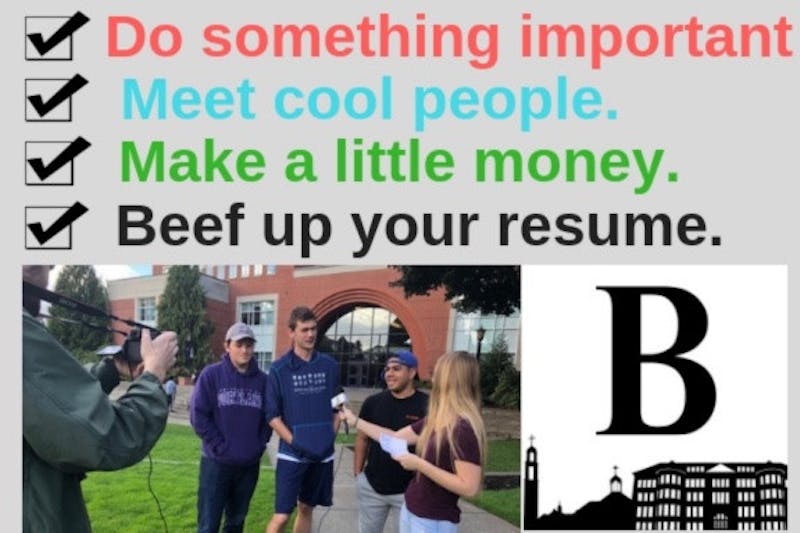This year's freshman class has the highest number of enrolled minorities yet
By Ona Golonka
"What's your ethnicity?"
African American, American Indian, Asian, Pacific Islander, Hispanic, International, White or Other?
Check all that apply.
Thousands of ethnicity information boxes were checked by this year's freshmen as they were applying for admissions last fall.
Almost twenty-five percent of those freshmen identified themselves as a minority. That percentage makes this year's freshmen class the most ethnically diverse class in UP's history, partially due to major increases in the number of freshmen who list themselves as Asian/Pacific Islander or Hispanic.
Over the past few years, the freshman minority numbers have been steadily climbing.
In 2005, 16.4 percent of fall-entering freshmen students identified themselves as minority students, according to UP Institutional Research.
For the fall 2009 semester, 24.9 percent of freshmen identified themselves as minority students.
Diversity is a significant element on a university campus, according to sociology professor Robert Duff.
"The more diverse the student body, the better," Duff said.
Because a college education is expected to prepare students for the real world, Duff believes a diverse campus is important in preparing those students for a diverse world.
"If you're not prepared for what the real world is, then we're not doing a very good job," Duff said.
UP statistics for the entire undergraduate population of 3,037 show approximately 67 percent identify as "white."
Asians/Pacific Islanders comprise the largest block of minority students at 11.6 percent.
The next largest self-identified group is Hispanic, at 5.3 percent. The numbers show the African American undergraduate enrollment at 1.4 percent and the Native Alaskan/American Indian enrollment at 1 percent.
International students comprise 2.4 percent of UP undergrads while 8.1 percent are listed as "unknown" and 2.9 percent are "other."
Recent increases of Hispanic and Asian /Pacific Islander students at UP are consistent with what is happening nationwide, according to Dean of Admissions Jason McDonald.
According to McDonald, the Admissions Office has done a few things to increase the numbers, such as participating in off campus minority recruitment and hosting minority groups to campus.
They work with the Black United Fund, Bridge Builders with the School of Education, OICF (Oregon Independent College Foundation) which sponsors multiple minority recruitment events, Cesar Chavez college fair, AVID and Upward Bound programs. They also recruit in California, Texas and Arizona, which have high minority populations.
Latino students have also been hosted on campus through the efforts of current UP students.
Last year, sophomore Yaneira Romero and the M.E.Ch.A. Club brought six to seven high-school senior Latino students to tour campus.
"They spent the night with me, got the feel of UP and felt what it is like to go to college," Romero said.
Romero let these students know that M.E.Ch.A. was there to support them during their transition years in college. Five to six of those students decided to attend college, she said.
Additionally, some students research the percentage of individuals of their own ethnicity and demographic before deciding to attend or apply to a university.
"It's more comforting if there are more people of your kind," said sophomore Anh Nguyen, who is of Vietnamese heritage.
The importance of ethnicity varies from individual to individual. Some students did not find the issue or the demographics of ethnicity to be so important until after they arrived at UP.
"When I came here, I said "Where are all the people like me?" sophomore Irene Niedo said.
The issue and importance of multiculturalism and ethnicity largely depends on how huge of an impact it makes on someone's personal identity, said Multicultural Programs Coordinator Bethany Sills.
If ethnicity or multiculturalism is a big aspect of someone's identity, then it is important for that person to have someone or something to identify with, whether it is a person of similar ethnicity or a cultural club, she said. It's similar to the effect of a mirror.
"If you don't have that represented, you might feel alienated," Sills said.
A variety of clubs and organizations on campus help students find that representation in an organized setting.
According to Sills, the amount of cultural clubs on campus has increased throughout the years, including the introduction of M.E.Ch.A., the start-up of a Latino Club and the revitalization of the Black Student Union.
The Ohana program, a pre-orientation retreat for first-year multicultural students, has grown as well. It has had an increase of around ten participants every year for the past four years, according to Sills.
Cultural clubs can be helpful representations of ethnic identity. However, some students have difficulty categorizing themselves into a specific ethnicity.
"It's hard to identify yourself," Nguyen said. "If you think you are this, then check the box."
Other students of multicultural backgrounds might have an ethnic dilemma when it comes to choosing one ethnicity to identify as.
"I have a hard time answering that question," Niedo said. "I am ethnically an Asian, but culturally I am a Pacific Islander."
The question of identity is ultimately based on who you think you are as an individual, said sophomore George Green.
"It's based on personal preferences," Green said.
Though some students may struggle with letting an ethnic label define them, the federal government requires colleges and universities to track minority enrollment .
"We need to follow statistics, until things get more evened out and until it's not a big issue," Green said.







